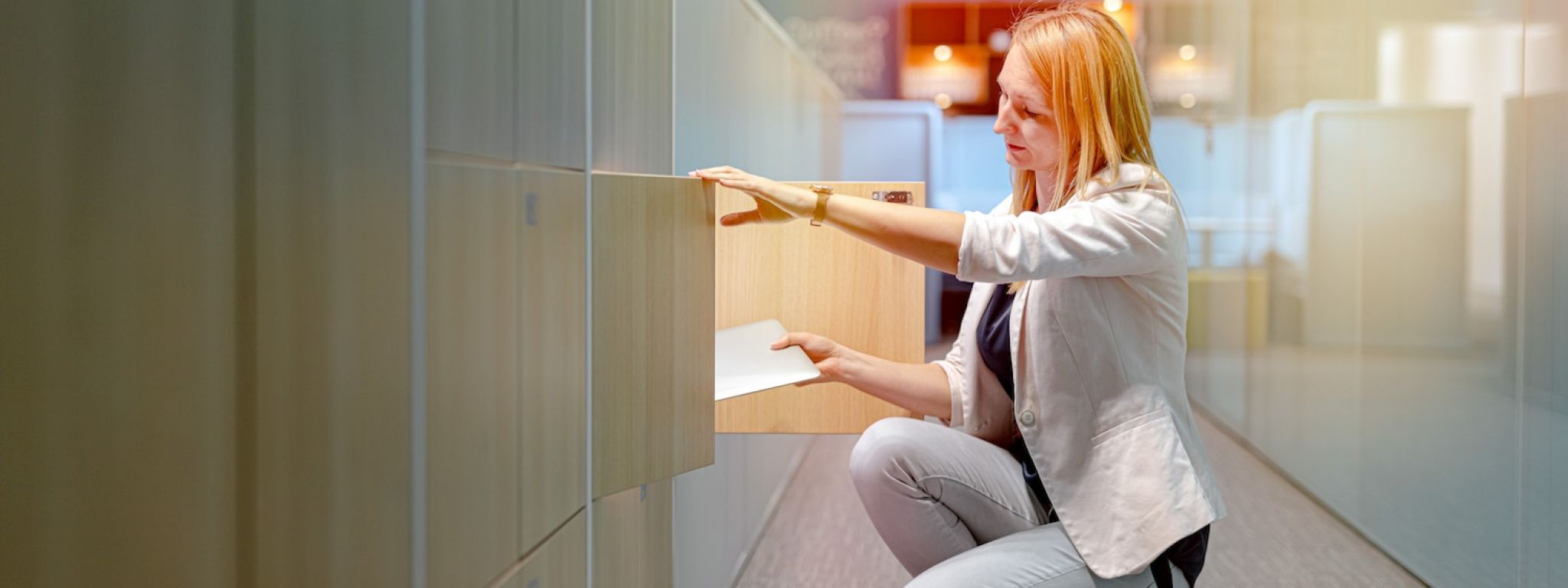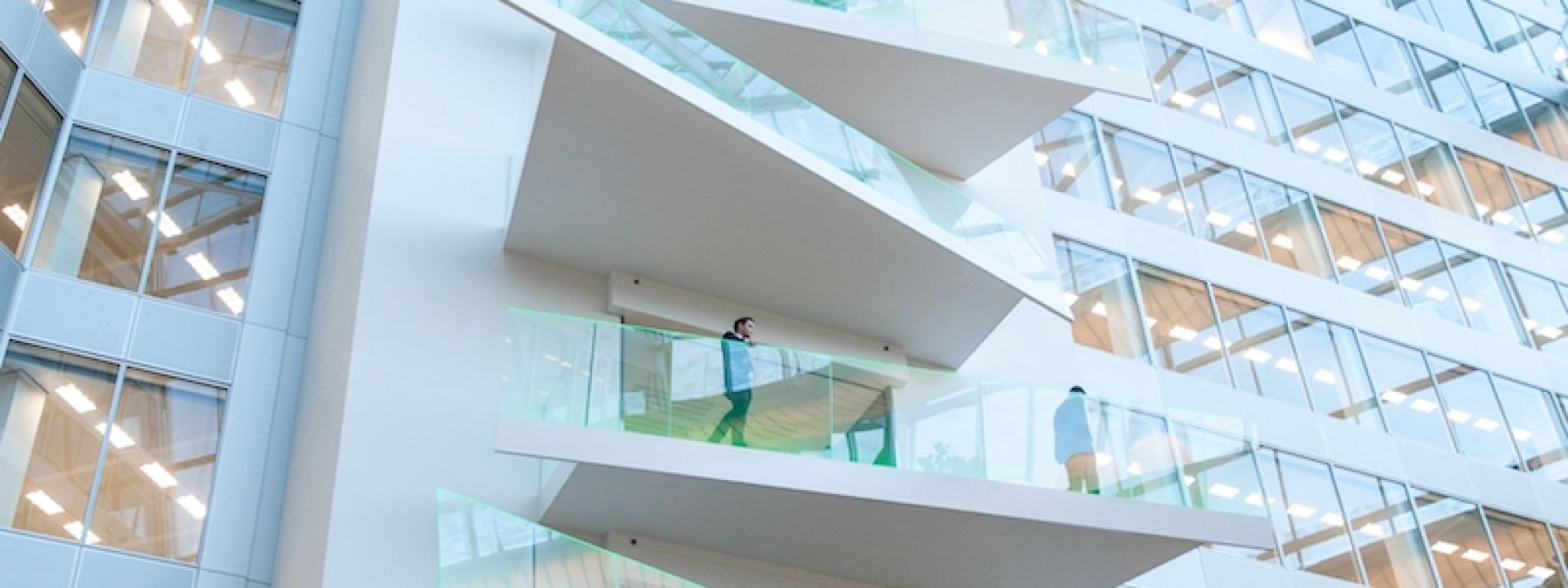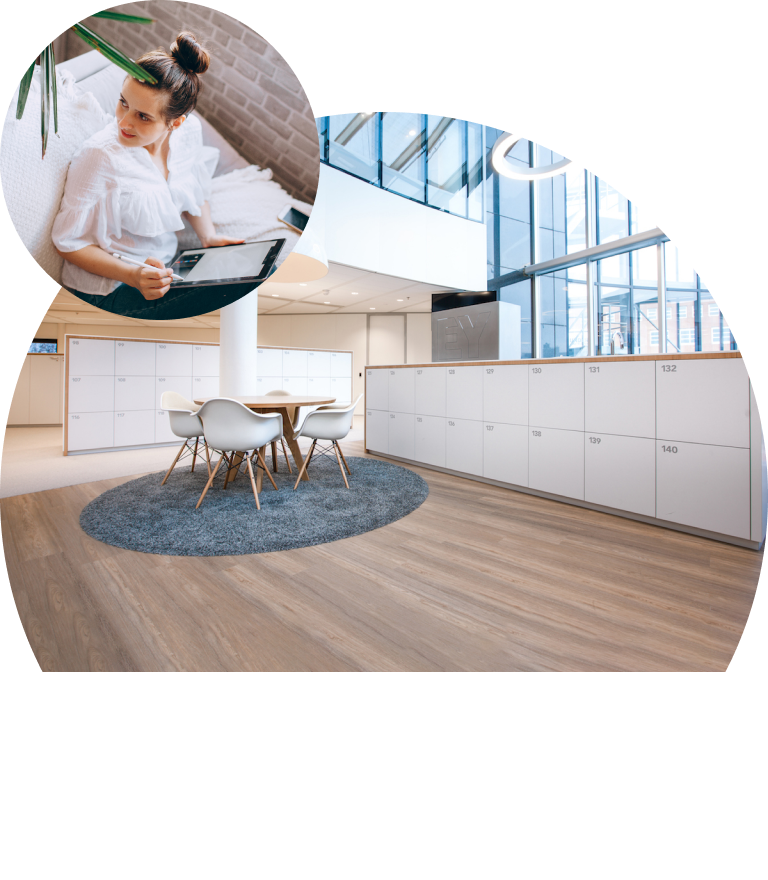Activity Based Working (ABW) sounds like any organisation’s dream come true: increased productivity and creativity packed into less square footage. But without actively building on an effective workplace strategy and working culture, it may be little more than a short-term cost reduction resulting in unhappy and less productive employees.
Smaller offices without assigned desks do make sense
Based on data of 69 organisations, the JLL Occupancy Benchmarking Guide reports that on average 37% of workplaces were unused during any given workday in 2018. A 2015 report from CBRE shared similar utilisation rates: 40% of all office space was empty. There literally is a lot of room to rethink the use of office space. And as data suggest that chance encounters and unplanned interactions between knowledge workers improves performance, switching to flexible use of open, smaller offices seems the only logical choice. However, there’s more to sparking quality interaction between employees than removing fixed workstations and knocking out walls.
The human factor
Fostering a working culture of interaction and collaboration requires active choices about what behaviour to encourage and which habits to discourage, then to plan the new working environment accordingly, both the layout and working rules. In that process, in order to realize a productive working environment and employee satisfaction, it is important to understand which employee needs are fundamental and should be worked with, not against.

The need for privacy
Lack of privacy and concentration can cause major issues in activity-based working. The transition to an open plan office may actually decrease that highly touted interaction. Bernstein and Waber have observed as much as a 70% drop in face-to-face interactions in organisations newly transitioned to open offices. At the same time, electronic interaction increased to compensate.Working in an open plan environment can trigger employees to withdraw into their own bubble, much like commuters on a busy train. This natural need for privacy also applies to situations when interaction is actually needed. Rather than have face-to-face interaction in front of colleagues, an employee might opt for an email instead. To make an open plan office and employees a great match takes a customised workplace strategy, which supports and encourages collaboration and meaningful interaction.
Proximity predicts interaction
Interaction in itself is not necessarily meaningful, quality interaction is. In enforcing collaboration, a strategic distribution of teams is essential. Flexible working environments do have structure. Teams or departments typically have their own floor or zone, which acts like a home base. When distributing teams, it’s important to consider that proximity predicts interaction.
The probability that any two people in the workplace will interact physically or digitally is directly proportional to the distance between their desks. To further interaction between specific teams or departments, they should ideally be on the same floor.

High-concentration areas
Interaction and collaboration may be valuable, but a lot of work that is done in an office is individual and high-concentration work. When people need uninterrupted time to focus, distractions are both costly and chipping away at employee satisfaction. That makes quiet places incredibly important in a flexible working environment. Although perhaps counterintuitive when working towards more collaboration and interaction, analysis to determine sufficient capacity for high-concentration areas and closed meeting spaces is vital to a successful activity-based working environment.
Activity-based working starts with collaboration
A successful flexible working environment is a process of encouraging flexible working and interaction without compromising on working conditions. After all, the essence of activity-based working is to provide variety in spaces and a sufficient quantity of these different types of spaces, instead of trying to combine conflicting functions into one open space. The transition towards a successful activity-based working environment should therefore start with collaboration: among the architect, real estate professionals, HR and employees.




